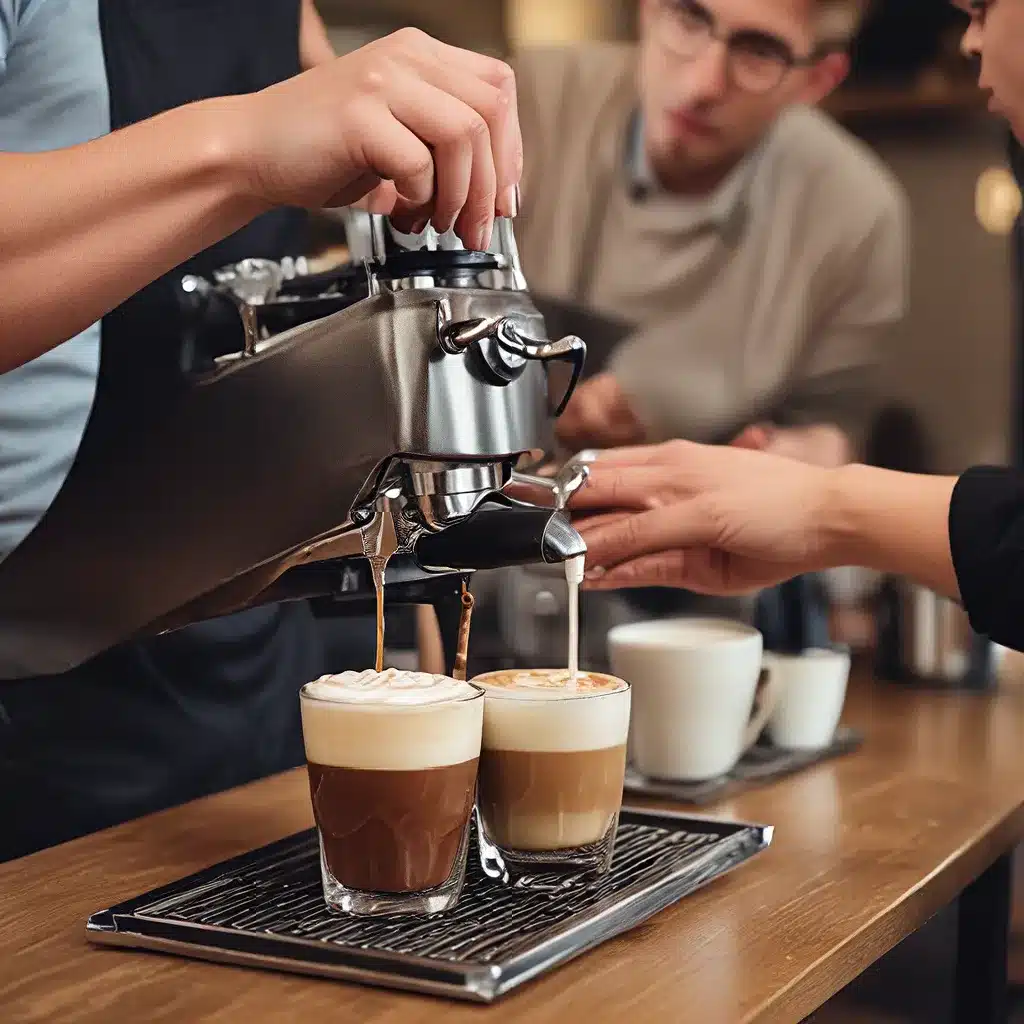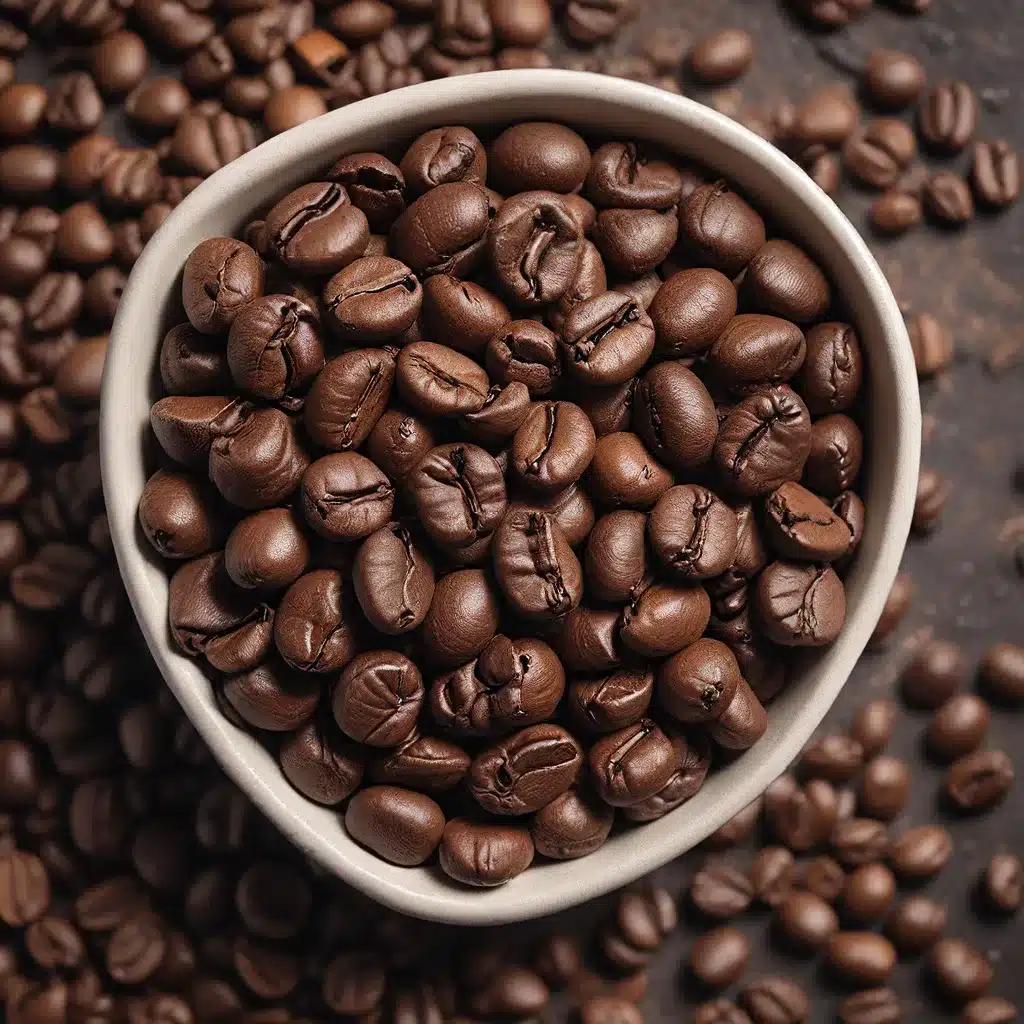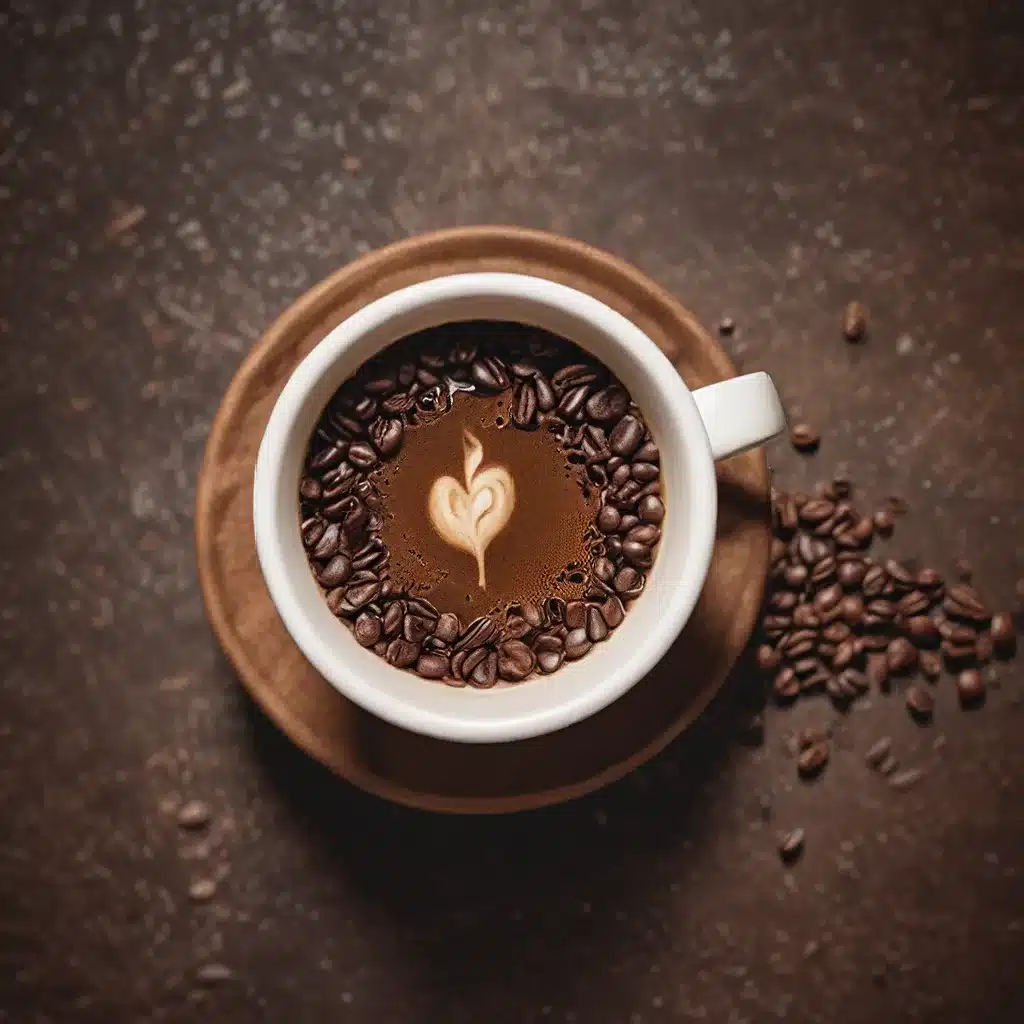
As a self-proclaimed coffee enthusiast, I’ve always been fascinated by the intricate art of brewing the perfect cup. From the moment I took my first sip of that life-changing cup back in ’97, I knew I had stumbled upon a passion that would shape my life in ways I couldn’t have imagined.
In my quest to uncover the secrets of the trade, I’ve tried it all – burr grinders, siphons, Aeropresses, you name it. And while some of those fancy gadgets have become nothing more than decorative pieces in my kitchen, a few key lessons have stuck with me, and I’m excited to share them with you.
The Importance of Fresh, High-Quality Beans
As with most foods, the key to brewing a stellar cup of coffee lies in the quality of your ingredients. Once those coffee beans have been roasted, they start to lose their aromatic compounds, the very compounds that give coffee its distinct flavors and aromas.
That means the stale, pre-ground stuff you find on the grocery store shelves just won’t cut it. Your best bet is to seek out a local roaster – places like Publik, Pink Elephant, Blue Copper, or La Barba here in Utah – and buy their freshly roasted, whole bean offerings.
If you’re feeling extra ambitious, you could even try roasting your own beans. Talk about a game-changer! But for the rest of us mere mortals, supporting your local roastery is the way to go.
The Power of Consistent Grinding
Once you’ve got your hands on those fresh, flavorful beans, the next step is to ensure a consistent grind. That’s where a good burr grinder comes in handy. Unlike those pesky blade grinders that just bash the beans into random-sized pieces, a burr grinder mills them into a uniform size, allowing you to extract the optimal flavors from your brew.
I personally swear by my Kunu, but brands like Helor and Hario also make excellent burr grinders that won’t break the bank. Trust me, the investment is worth it – no more bitter, unbalanced cups of joe.
The Art of Extraction
Now, let’s talk about extraction – the process of dissolving those delicious coffee compounds into the water. This is where the real magic happens, but it’s also where things can go terribly wrong if you’re not careful.
The ideal water temperature for brewing is between 195°F and 205°F. Anything below 195°F, and you won’t extract enough flavor; anything above 205°F, and you’ll end up with a bitter, scorched tasting brew. Luckily, if you’re brewing at high elevations like us Utahns, you’re in luck – the boiling point of water is around 204°F, right in that sweet spot.
But temperature is just one piece of the puzzle. The brew ratio – the amount of water to coffee grounds – is also crucial. Personally, I like to use a 16:1 ratio, but feel free to experiment and find what works best for your taste buds.
And don’t forget about the bloom! Before you start your brew, you’ll want to pour a little water over the grounds and let them “bloom” for about 30 seconds. This helps release that pesky CO2 gas, ensuring your coffee extracts properly.
The Beauty of Temperature Variation
One final tip that I picked up from the Coffee Genius himself, John Piquet at Café D’Bolla: pay attention to the changing flavors of your coffee as it cools.
When it’s piping hot, your brew might smell amazing, but the taste may not be quite there. I recommend letting your coffee cool to around 155°F before you start sipping, and then enjoy the delightful dance of flavors as it gradually continues to cool.
The Deeper Meaning of Coffee
As I’ve honed my barista skills over the years, I’ve come to realize that crafting specialty coffee is about so much more than just making drinks. It’s about passion, dedication, and a commitment to consistency – qualities that have served me well in my creative pursuits as well.
Specialty coffee, to the untrained eye, may seem like nothing more than carefully poured cappuccinos and overpriced bags of beans. But to those of us in the know, it’s a canvas – a way to express ourselves and connect with others in a world that’s increasingly dominated by screens and digital interactions.
Every shot of espresso, every swirl of milk, every delicate design I pour onto a latte – they all mirror the different emotions and experiences I’m going through. It’s like finding a new medium to channel my creativity and share it with the world.
And perhaps the most valuable lesson I’ve learned isn’t about brewing the perfect cup, but about the power of human connection. In a world that’s become so digitally-focused, the coffee shop has become a rare oasis – a place where people can step away from their screens, slow down, and connect with one another over a shared love of that liquid gold.
From the regulars who share their stories over a morning latte to the strangers who become fast friends after a chance encounter at the counter, the coffee shop has become so much more than just a place to grab a caffeine fix. It’s a hub of community, a gathering place where people can step away from the noise and truly savor the moment.
So, the next time you find yourself in need of a coffee fix, I encourage you to step out of your comfort zone and visit your local specialty coffee shop. Who knows – you might just find yourself surrounded by new friends, unexpected connections, and a newfound appreciation for the simple pleasures in life, one cup of coffee at a time.
Sips Coffee House is the perfect place to start your journey into the world of specialty coffee. With a commitment to quality, community, and sustainability, they’re dedicated to elevating the coffee experience and bringing people together through the power of the bean.















